It's that dreaded season for cat owners again: shedding season! Especially for households with multiple cats, you can probably already see cat hair flying everywhere! Just put on your clothes, hug a cat, and it turns into a sweater. It's truly frustrating! Is there any way to improve this situation? In this comprehensive guide, we'll explore effective strategies to reduce cat shedding and reclaim your fur-free living spaces.

When is the shedding season for cats?
For cats, the most severe shedding occurs in the spring (March to May) and autumn (September to November) each year. This is to better adapt to the seasonal climate changes, where the body sheds old fur and grows new fur as part of a normal physiological shedding process. After the seasonal shedding period, there won't be excessive shedding.
However, due to different regions and environmental temperatures, many cats' shedding seasons vary. If your cat is kept indoors year-round, it may also show some minor shedding as the seasons change. If the indoor temperature of your cat's home is relatively stable, though there's no temperature stimulus, your cat may shed periodically due to natural fur renewal.
In hotter areas, like the southern tip of the Florida peninsula, cats may show some minor shedding throughout the year, with no pronounced shedding season. In areas where temperatures rise later, cats may have noticeable shedding from May to June, and in autumn, significant shedding and fur renewal may occur from October to November.
Kittens usually undergo their first shedding around the age of 4 to 6 months. This is when kittens shed their baby fur and grow denser fur, leading to more shedding. This is a normal physiological phenomenon, and pet owners shouldn't worry too much; just provide some extra nutrition during the cat's shedding period.
Reasons for cat shedding
Sometimes, owners need to distinguish whether a cat's shedding is seasonal or pathological.
- Physiological shedding
As mentioned above, there are two types of shedding periods: one during the kitten phase and the other during the adult cat's seasonal shedding period. Both are normal physiological shedding, and the cat's body is not in discomfort, so pet parents don't need to worry excessively. Just brush your cat regularly, supplement some nutrition, and maintain indoor cleanliness.
- Nutritional deficiency shedding
If your cat eats the same cat food for a long time, it may not get enough nutrition, most noticeably affecting the fur's nutrition, leading to shedding. Like human hair, fur growth requires nutritional support, so supplementing your cat's diet is important.
Diets that are too oily or salty can also cause shedding, which could lead to kidney failure. Poor-quality cat food that doesn't meet nutritional needs can also affect fur health.
Therefore, cat owners can add some boiled meat as a supplement and mix some lecithin into the cat's food to help improve fur smoothness and care.
- Shedding due to skin diseases
Parasites or ringworm can also cause shedding. If your cat frequently scratches itself, you should pay attention. Thus, external parasite control is essential. If it's ringworm, treatment may take longer, and using antifungal spray for external use and supplementing with vitamin B internally can help your cat recover faster.
- Shedding due to excessive bathing
Bathing too frequently can disrupt the cat's skin ecosystem, leading to dry, frizzy fur and shedding. Generally, a cat shouldn't be bathed more than three times a month. Using human shampoo is also wrong, as cats' skin pH is opposite to humans', so using human shampoo can cause dandruff, itching, and excessive shedding. Owners need to choose cat-specific shampoos and conditioners.
- Breed differences
Some cat breeds shed more than others. Long-haired breeds like Maine Coons or Persians tend to shed more noticeably than short-haired breeds.
- Indoor vs. outdoor cats
Indoor cats exposed to artificial light may shed year-round, while outdoor cats often follow a more seasonal pattern.
How to reduce cat shedding
Most cats shed, except for a few breeds, especially during their shedding period, when they're like walking dandelions. To alleviate cat shedding, these solutions are essential to know!
- Regularly brush your cat
This is the most direct and effective method to reduce shedding, as it collects the hair before it falls out, naturally leading to less shedding. Brushing also promotes blood circulation, aiding in healthy growth.
Use a cat-specific brush or comb and gently brush the fur, both with and against the grain. This is especially important for long-haired cats. Brushing not only pick up loose hair but also reduces the amount of dead fur cats ingest while grooming themselves, preventing hairball issues.

- Balanced diet
Provide a balanced diet for your cat, including high-quality protein, vitamins, and minerals. Good food provides the necessary nutrients for improving fur quality and reducing shedding.
Fatty acids are also crucial for fur health. Based on a vet's advice, adding supplements rich in Omega-3 and Omega-6 fatty acids can help moisturize the skin and fur, improving fur quality and reducing shedding.
- Regular deworming
If a cat gets infected with parasites, it can lead to significant hair loss. Therefore, cat owners must ensure their pets are regularly dewormed. The frequency of deworming can depend on whether the cat goes outdoors. Without regular deworming, cats may scratch incessantly due to itchiness, leading to hair flying everywhere.
Typically, indoor cats should be dewormed once every three months, while those going outside may need monthly deworming. It's best to avoid letting your cat wander in grassy or wooded areas prone to parasites and bacteria. Remember to deworm after such outings.

- Avoid Feeding Cats Human Food
Cats can only consume a fifth of the salt intake suitable for humans. Long-term consumption of excessive salt can cause severe hair loss and tear stains in cats, leading to widespread hair loss and dry fur. The kidneys metabolize oil, salt, soy sauce, and vinegar, so excessive intake can burden the kidneys, potentially leading to diseases like kidney swelling. Therefore, do not feed cats human food; instead, choose high-quality commercial or natural cat food.
- Regular Cleaning
Anyone who has owned a cat knows that cat hair can be found everywhere in the house, with no corner spared from their reach. Hence, regular cleaning of areas where cats frequently stay, like beds and sofas, is crucial to reduce shed hair. This makes it seem like there's less hair around, preventing hair and fur balls from accumulating in corners of the house, making cat hair more noticeable.
How to Clean Up Shed Cat Hair?
To address cat shedding, using a cat grooming vacuum can be very effective. It directly combs through the cat's fur, easily removing loose hair. Crevice tool or roller brush or hair remover included in the grooming vacuum tools can also help clean sofas or clothes that have caught cat hair.
For cat hair on the floor, purchasing a vacuum cleaner or robot vacuum can facilitate easy cleaning of the house, while an air purifier can remove some of the floating hair from the air.
Conclusion
At the end of the day, a little cat hair is a small price to pay for the joy and companionship our feline friends bring to our lives. While we can take steps to reduce shedding, it's important to remember that it's a natural and healthy process for cats.
By implementing the strategies we've discussed - regular grooming by Neakasa, a healthy diet, regular deworming, and consistent cleaning - you can keep shedding under control and enjoy a cleaner home without compromising your cat's health or happiness.


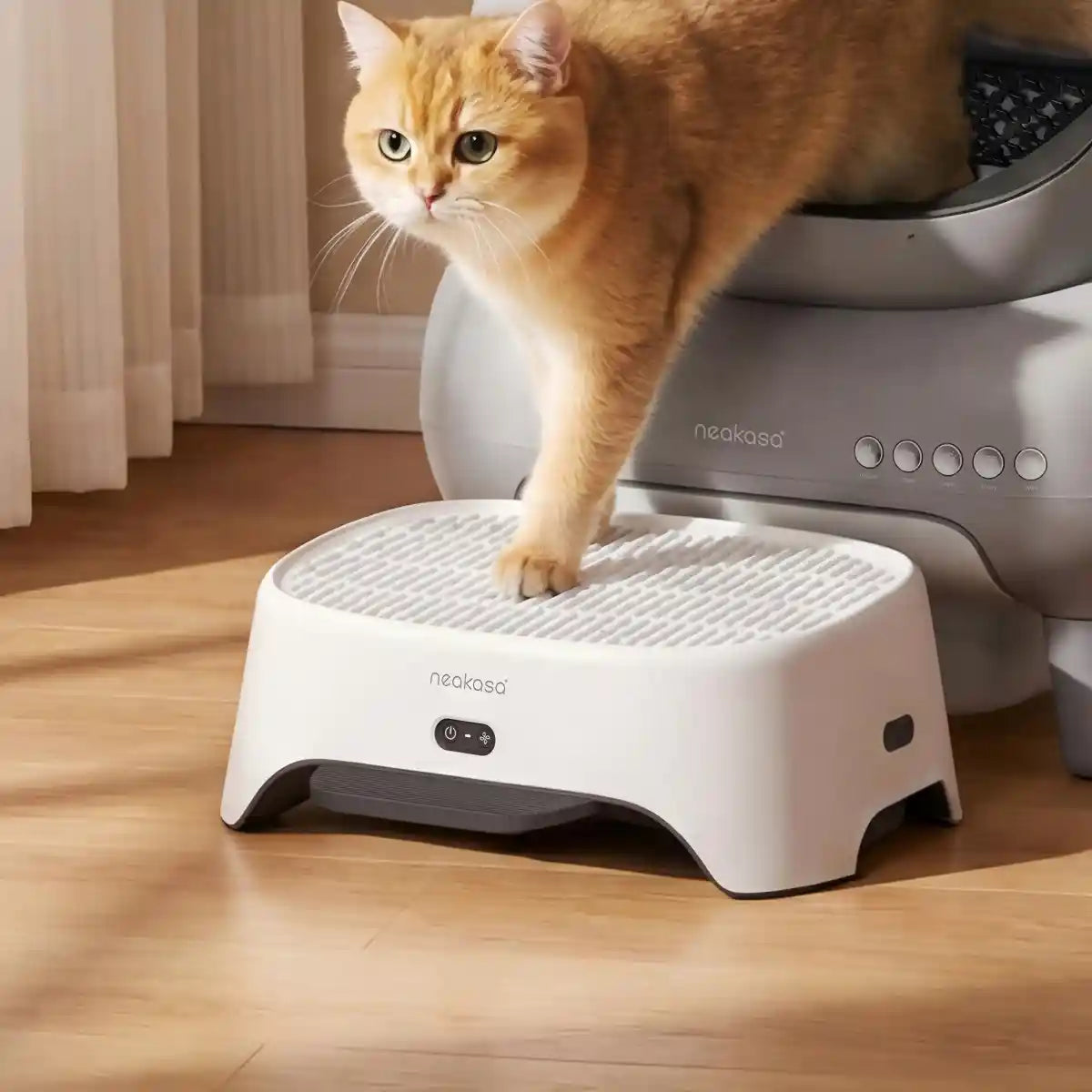
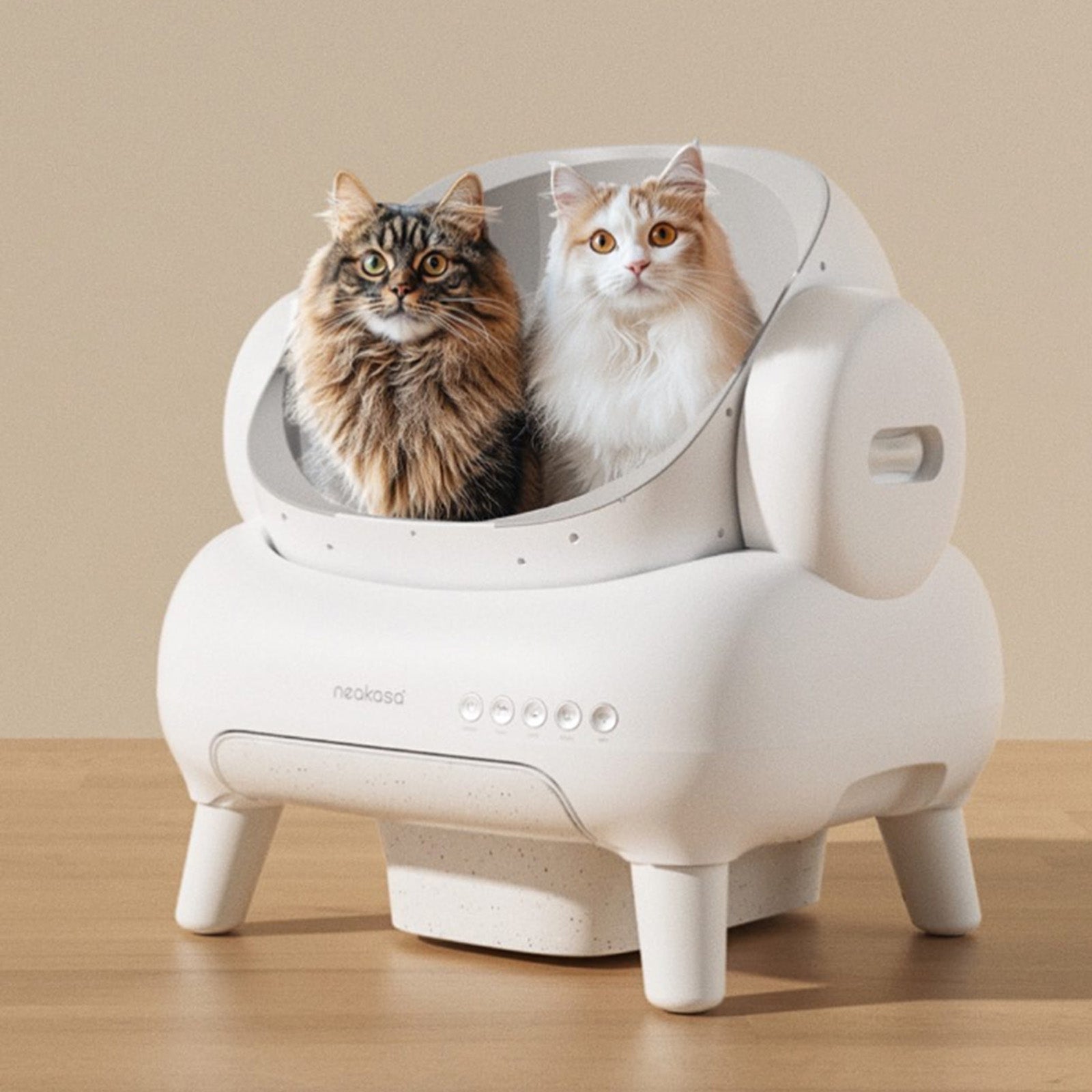
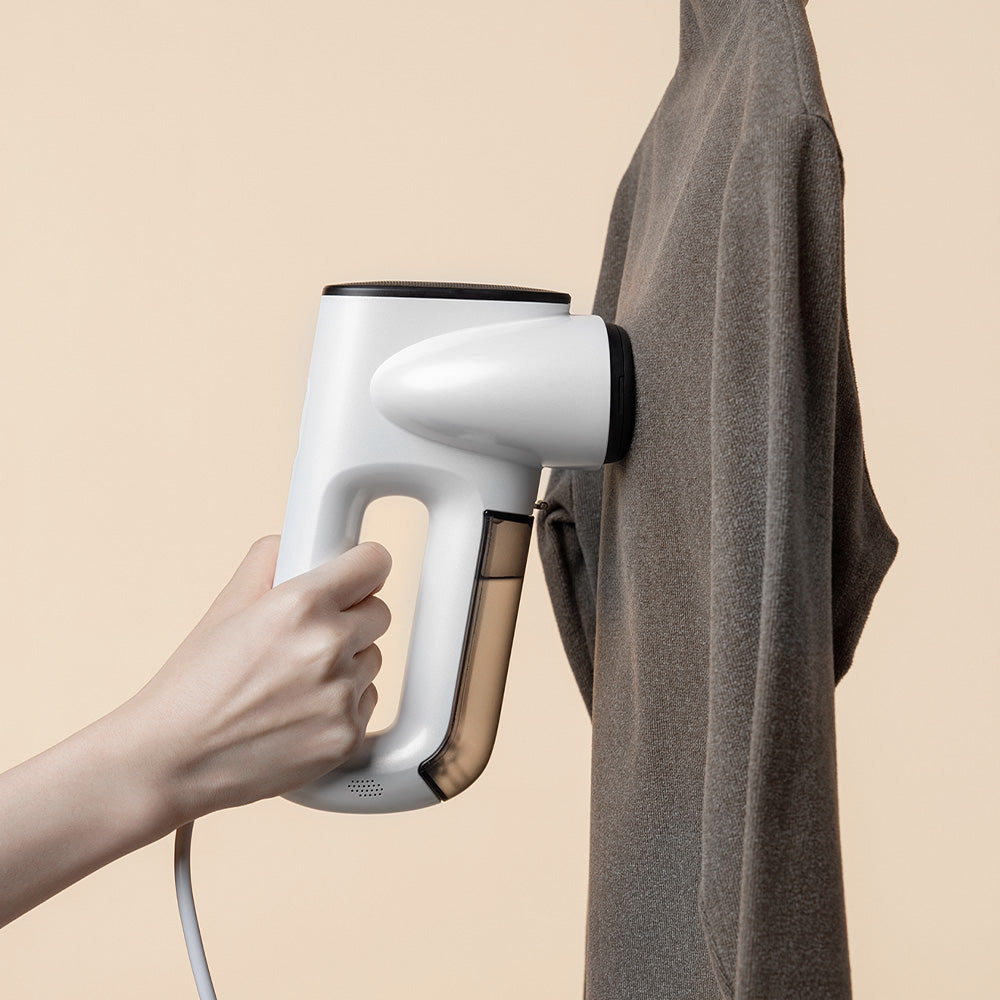
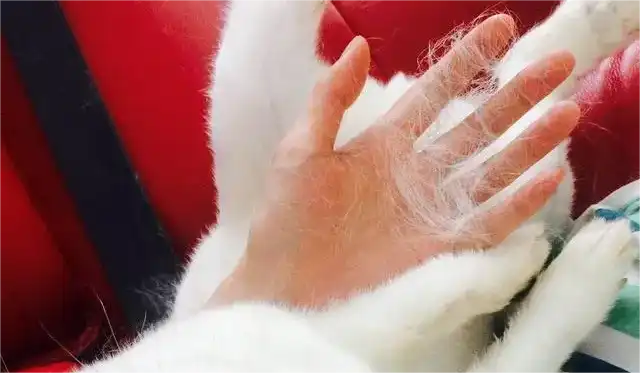



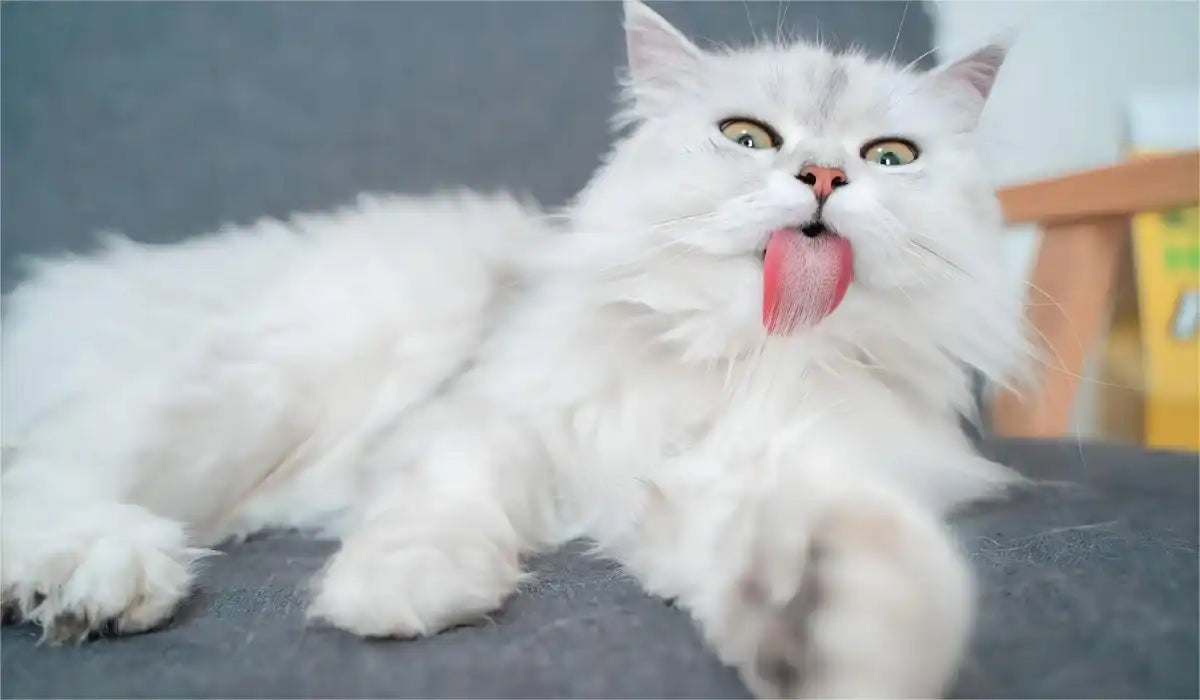
Leave a comment
This site is protected by hCaptcha and the hCaptcha Privacy Policy and Terms of Service apply.